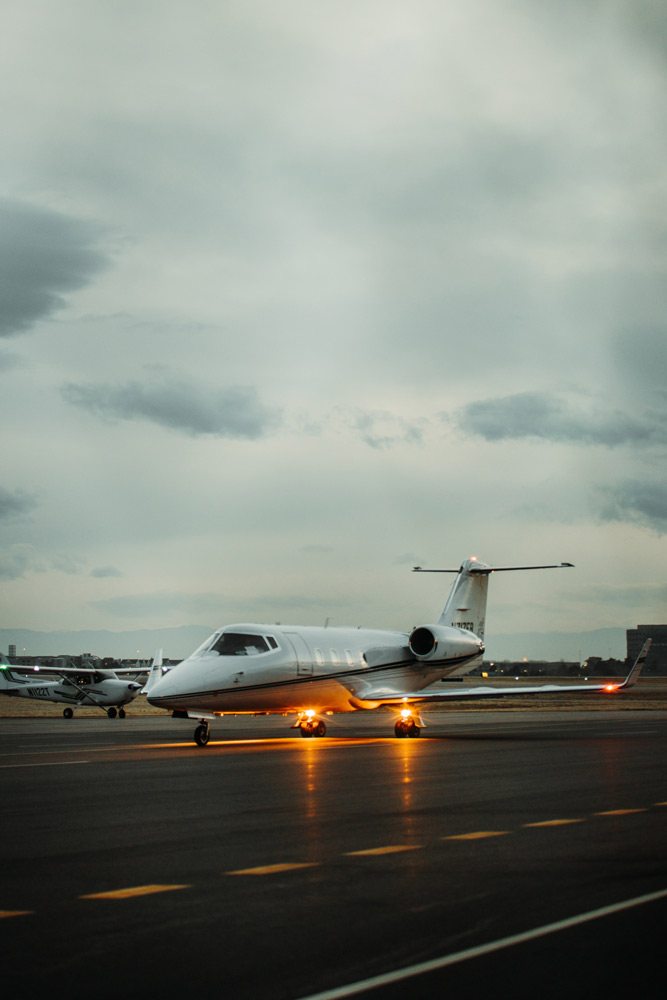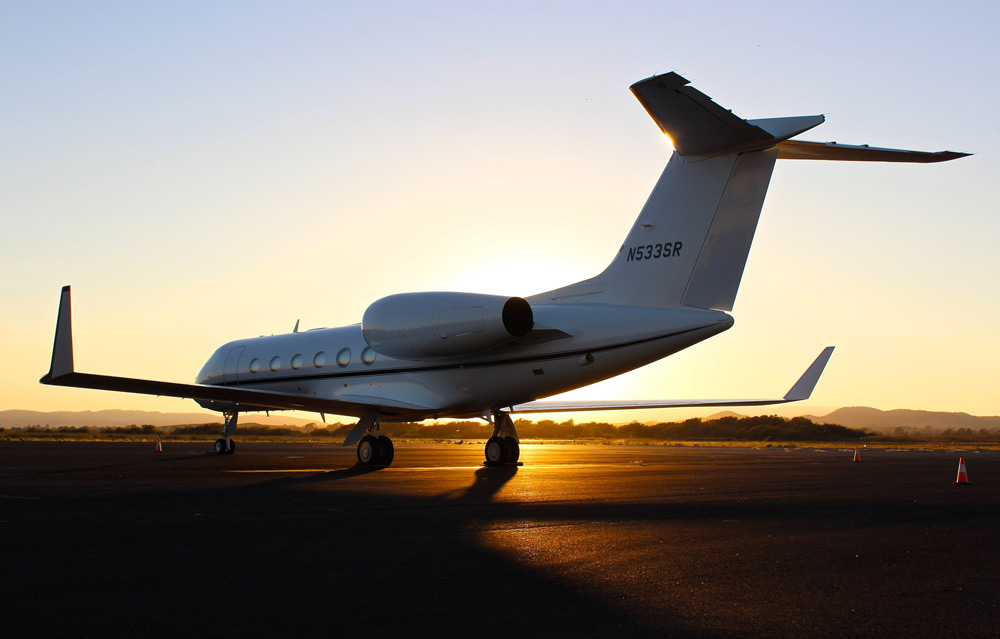
The Aerion AS2 Supersonic Jet.
For frequent jet-setters, the time it takes to arrive at your destination is paramount, but while technology has moved forward in leaps and bounds over the last few decades, air travel has remained somewhat staid. However, those travellers longing for the golden age of supersonic travel to return (not achieved since the Concorde) will now be rubbing their hands together in gleeful anticipation.

Speeds will reach a high of Mach 1.5 (faster than the speed of sound), shaving three hours off trans-Atlantic travel and upwards of six hours from trans-Pacific routes.
Supersonic air travel is the name given to aircraft that can travel at the speed of sound, reaching speeds of 1,225km/h (speed of sound) which is also known as the Mach number. Commercial airliners generally fly at subsonic speeds of less than 980km/h.
While there are rumours that the Concorde will finally make a come back, if it does, it will find itself up against some stiff competition. For a long time, the technology to produce anything on a similar scale but more efficiently had not existed, but all that is about to change with the introduction of a new generation of smaller, more efficient supersonic aircraft that is currently in development.
One of Concorde’s impediments (or indeed any kind of transport on a supersonic level) is the sonic boom when it crosses the sound barrier, meaning that this kind of travel is restricted to mainly transatlantic flights. Other issues include hefty maintenance and fuel costs, and in the case of the Concorde, a seat price tag that ran upwards of $9,000.
Leading supersonic-jet maker Arion is at the head of the pack with its next generation Aerion AS2 Supersonic Jet, which will be able to take up to twelve passengers within a thirty-foot-long cabin, Speeds will reach a high of Mach 1.5 (faster than the speed of sound), shaving three hours off transatlantic travel and upwards of six hours from trans-Pacific routes.
To give a laymnen’s idea of its speed, it is anticipated to cut down a trip between LA and Sydney to under ten hours or fly from Tokyo to San Francisco in just seven hours. Travelling at this speed will make the world seem like a much smaller place, easing the pressure on frequent business flyers to save time, and enabling them to replace those precious hours lost in transit on more important activities, such as spending time with family or loved ones.
Monaco is frequently described as a playground for the world's most moneyed.
Aerion is confident that a “boomless cruise” is feasible in certain atmospheric conditions, which would allow it to reach a supersonic speed of up to Mach 1.2 above land. At this speed, the shock waves that would normally cause a sound should all but dissipate before reaching the ground, thus avoiding that earth shattering sonic boom on the ground.
Although current regulations don’t allow planes to travel at supersonic speeds above land, if successful with attaining the boomless cruise, Aerion predicts that at some point in the future, AS2 may supersonic speeds over the US as Well as internationally.
In any case, the AS2 will be able to fly at supersonic speeds above the ocean, and subsonic over land (at Mach 0,95),
Once on board, travellers can expect plenty of plush amenities with a lavish interior fitted with all mod cons. There will be plenty of space to stretch out and relax on custom designed seats, with the same recline, swivel, track and berthing capabilities as on current ultra-long-range jets, and larger windows will enable optimum viewing.
Priced at $120,000, the AS2 is forecast to take its first flight in 2021 and enter service in 2023. Flexjet are the first to have commissioned a fleet, making it the first jet operator to offer commercial supersonic jet travel since the Concorde.





